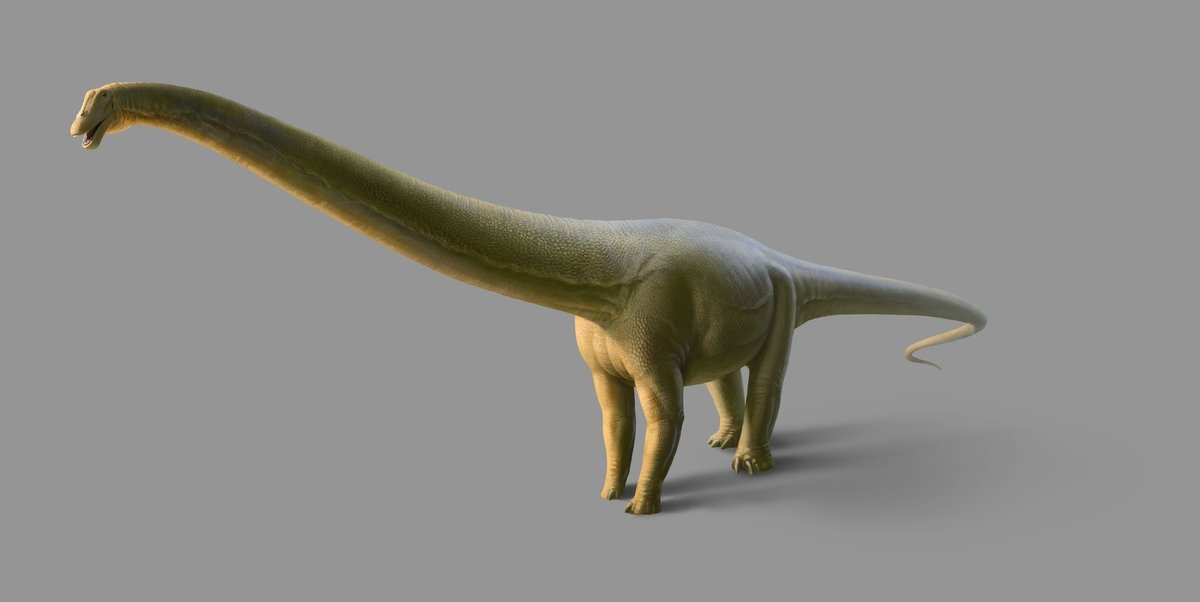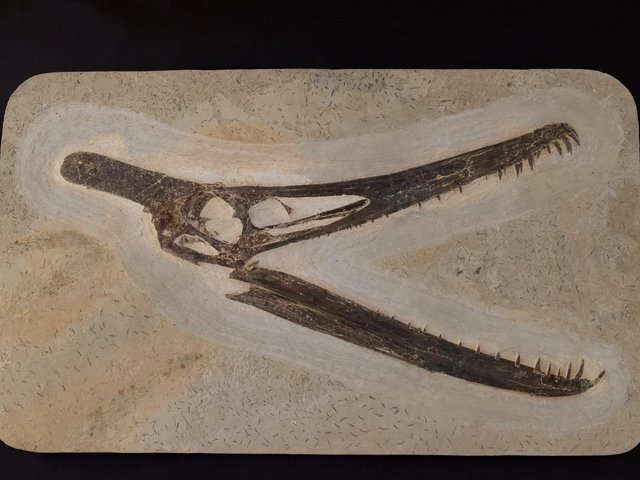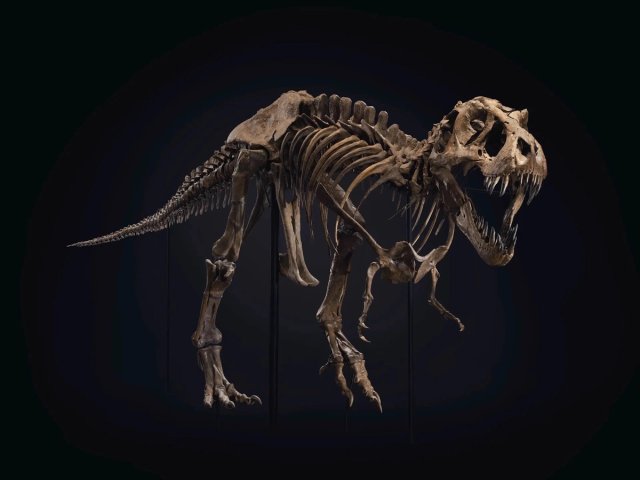This is not only a major election year for the billions of voters in India, Mexico, the European Union, United Kingdom, United States and countless other countries. The polls recently closed in a closely watched vote to choose a name for the Natural History Museum (NHM) of Los Angeles County’s star dinosaur fossil, a 75ft-long sauropod skeleton known for the distinctive green hue of its bones.
As the museum puts the finishing touches on a $75m renovation and expansion dubbed NHM Commons that will open this autumn with a new welcome pavilion—where the fossil will be on prominent and permanent display—it tasked the public with picking among five possible names for the dinosaur. After more than 8,100 ballots were tallied, the winner, with more than 33% of the vote, is Gnatalie, beating out Olive, Sage, Esme and Verdi.

The Natural History Museum of Los Angeles will display Gnatalie in the NHM Commons Judith Perlstein Welcome Center Rendering by Frederick Fisher and Partners, Studio MLA, and Studio Joseph
The spelling of Gnatalie (pronounced like “Natalie”) reflects the gruelling work of the palaeontologists who extracted the fossil—the most complete sauropod skeleton on the US’s West Coast—from a riverbed in the Badlands of Utah, where they endured a relentless assault of gnats. The other possible names all alluded to the fossil’s colouring, which is due to deposits of the green mineral celadonite that filled the bones during fossilisation. Gnatalie is made up of the bones of several specimens of the same diplodocus-like dinosaur, and dates from the late-Jurassic Period, around 150 million years ago.
"Dinosaurs are a great vehicle for teaching our visitors about the nature of science," Luis M. Chiappe, NHM’s senior vice president for research and collections and the director of the museum’s Dinosaur Institute, said in a statement, “and what better than a green, almost 80ft-long dinosaur to engage them in the process of scientific discovery and make them reflect on the wonders of the world we live in!”
Gnatalie joins the ranks of other named dinosaur fossils like Sue the tyrannosaurus rex at the Field Museum in Chicago, Horridus the triceratops at the Melbourne Museum and Sophie the stegosaurus at the Natural History Museum of London. (As natural history museums have increasingly relied on dinosaur fossils as their star attractions, collectors have taken notice and the market for such specimens has been gaining momentum.)
And although Gnatalie did win the popular vote handily, it may have also had a slight advantage because NHM staff have been referring to the fossil by that name internally for several years. But since this autumn will mark the first time the fossil has gone on public display, its internal nickname is unlikely to have significantly skewed the vote’s outcome—though good luck explaining that to the Verdi voters, who must be sorrowpods right now, and green with envy.







